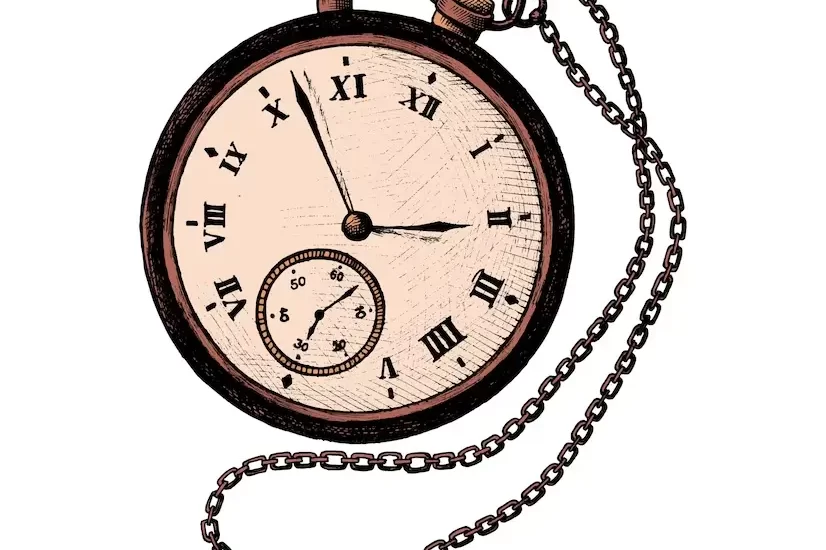Watches have been an integral part of human history, serving not only as timekeeping instruments but also as fashion statements, status symbols, and expressions of personal style. Over the years, watch-wearing trends have evolved significantly, reflecting changes in technology, society, and individual preferences. In this article, we’ll take a journey through time to explore the fascinating trends in watch wearing throughout the years.
The Pocket Watch Era (16th to 19th Century)
Wristwatches as we know them today were preceded by pocket watches. These small, portable timepieces were initially worn on chains and tucked into pockets. They were a symbol of refinement and status during the 16th to 19th centuries, often adorned with intricate engravings and made of precious metals.
The Birth of the Wristwatch (Early 20th Century)
Wristwatches gained popularity during World War I when soldiers found them more practical than pocket watches. Early wristwatches were primarily functional, with simple designs and leather straps. They marked a shift towards more convenient and accessible timekeeping.
The Golden Age of Dress Watches (1920s to 1960s)
The mid-20th century saw the emergence of dress watches, characterized by elegant, minimalist designs. Brands like Rolex, Patek Philippe, and Omega introduced iconic models that became synonymous with luxury and sophistication. The trend was towards slim, round cases, and leather straps, making watches both functional and stylish accessories.
The Quartz Revolution (1970s)
The advent of quartz technology in the 1970s revolutionized the watch industry. Quartz watches, powered by batteries, were highly accurate and affordable. This technological shift led to a surge in the popularity of digital watches and introduced novel features like digital displays, alarms, and chronographs.
The Sport and Dive Watch Craze (1980s)
The 1980s witnessed the rise of sports and dive watches. Brands like Casio, Seiko, and TAG Heuer produced robust timepieces with water resistance, luminescent dials, and features tailored for specific activities like diving and racing. These watches became synonymous with adventure and action.
The Digital Age and Smartwatches (21st Century)
The 21st century has seen the emergence of smartwatches, which integrate technology and convinience with timekeeping. Companies like Apple, Samsung, and Fitbit have introduced watches with fitness tracking, health monitoring, and smartphone connectivity. Smartwatches cater to the tech-savvy generation and have changed the way we perceive and use watches.
The Resurgence of Vintage and Luxury Watches (Present Day)
In recent years, there has been a resurgence of interest in vintage and luxury watches. Collectors and enthusiasts are drawn to classic timepieces, appreciating their craftsmanship, heritage, and timeless design. Luxury brands continue to release limited-edition and iconic models that captivate the hearts of watch connoisseurs.
Personalization and Customization
Modern trends in watch wearing also involve personalization and customization. Many brands offer options for customers to choose case materials, dials, straps, and even engraving, allowing individuals to create unique timepieces that reflect their personal style. Some watches, like the Seiko Astron, have their own niches like being the first GPS solar watch.
Conclusion
Watches have evolved from simple timekeeping devices to intricate works of art, technological marvels, and status symbols. The trends in watch wearing throughout the years reflect our changing tastes, lifestyles, and values. While the essence of a watch’s function remains the same—to tell time—it has also become an integral part of personal expression and style, adapting to the ever-shifting currents of fashion technology and innovation that shows the ingenuity and resilience of man. As we move forward, it will be intriguing to see how watches continue to evolve, intertwining tradition and innovation in the world of horology.
